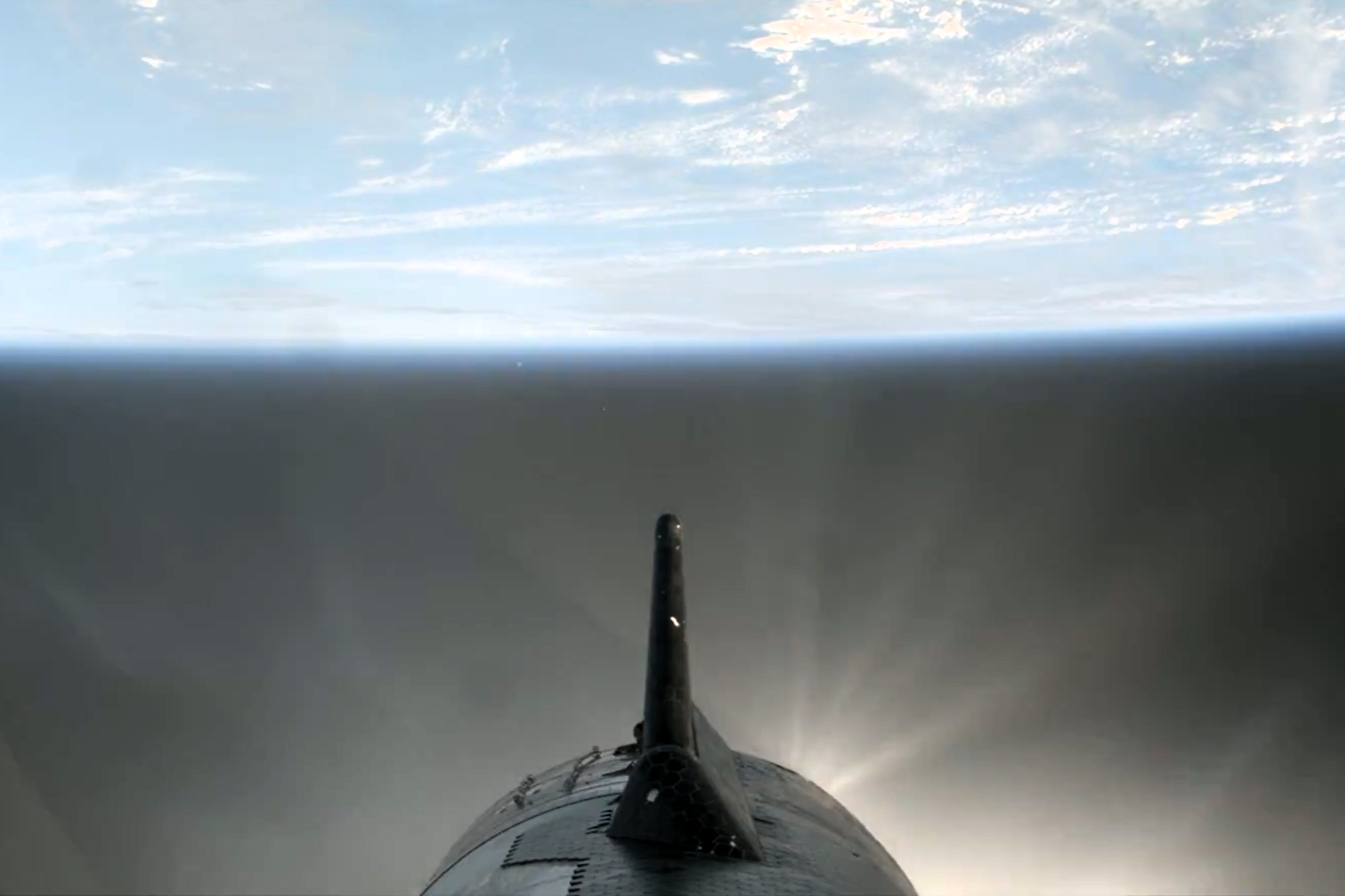SpaceX fires up new Starship for next flight
Elon Musk says it will soon be ‘just days’ between rocket launches

SpaceX has fired up the engines of a new Starship rocket as it looks to rapidly increase the rate of test flights for the Mars-bound spacecraft.
The static fire test comes just 11 days after SpaceX succeeded in launching Starship into orbit for the first time, in what was the third major flight test for the rocket since April 2023.
Both the upper stage rocket and the Super Heavy booster were ultimately lost, though key objectives were achieved that signal significant progress for Starship’s development.
Starship is the biggest and most powerful rocket system ever built, measuring 120 metres and capable of producing 7.5 million kilograms of thrust.
When fully operational, SpaceX claims it will be able to carry a payload of more than 150 tonnes into orbit, as well as holding the capacity for up to 100 passengers.
Early missions for the rocket will focus on delivering SpaceX’s Starlink satellites into space, while future versions will serve Nasa’s Artemis mission that aims to return humans to the Moon for the first time in more than 50 years.
The ultimate goal for Starship is to be the primary vehicle for establishing a permanent human colony on Mars, with SpaceX boss Elon Musk claiming this can be realised by 2050.
Following the orbital launch earlier this month, Mr Musk said that a “future Starship, much larger and more advanced, will travel to other star systems”.
Monday’s static fire test saw all six Raptor engines on the upper stage ignited, marking one of the final steps before an actual launch is attempted.
No date has been set for the next test flight, though SpaceX’s chief operating officer Gwynne Shotwell said last week that the next prototype should be ready to fly by late April.
This would be a much faster turnaround than previous orbital flight attempts, with seven months separating the first and second attempt, and four months separating the second and the third.
Responding to a post on X (formerly Twitter) on Monday, Mr Musk said that the test schedule for prototype Starship flights would soon drop from months, to weeks, to days.
Join our commenting forum
Join thought-provoking conversations, follow other Independent readers and see their replies
0Comments